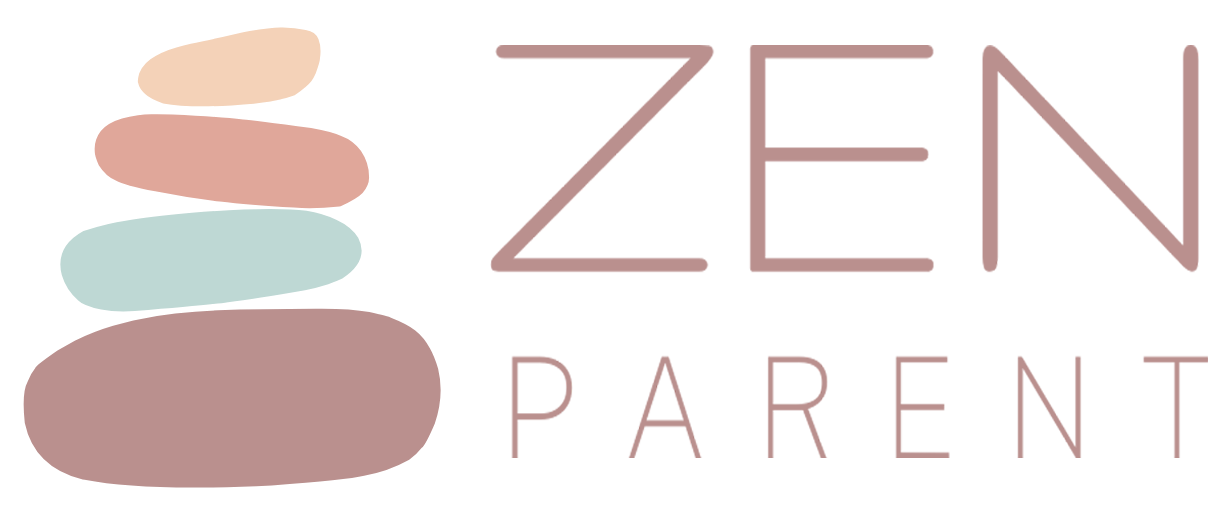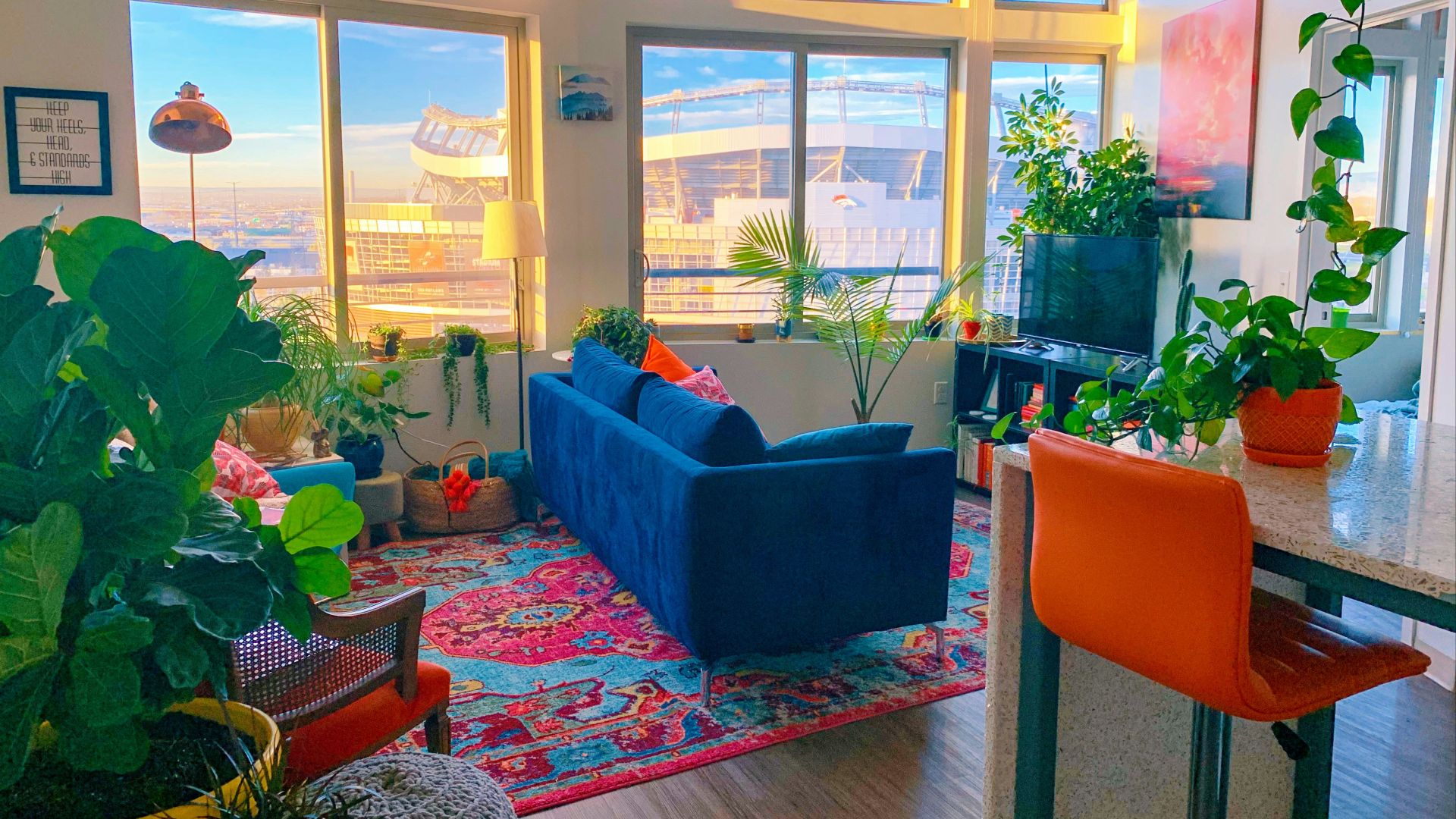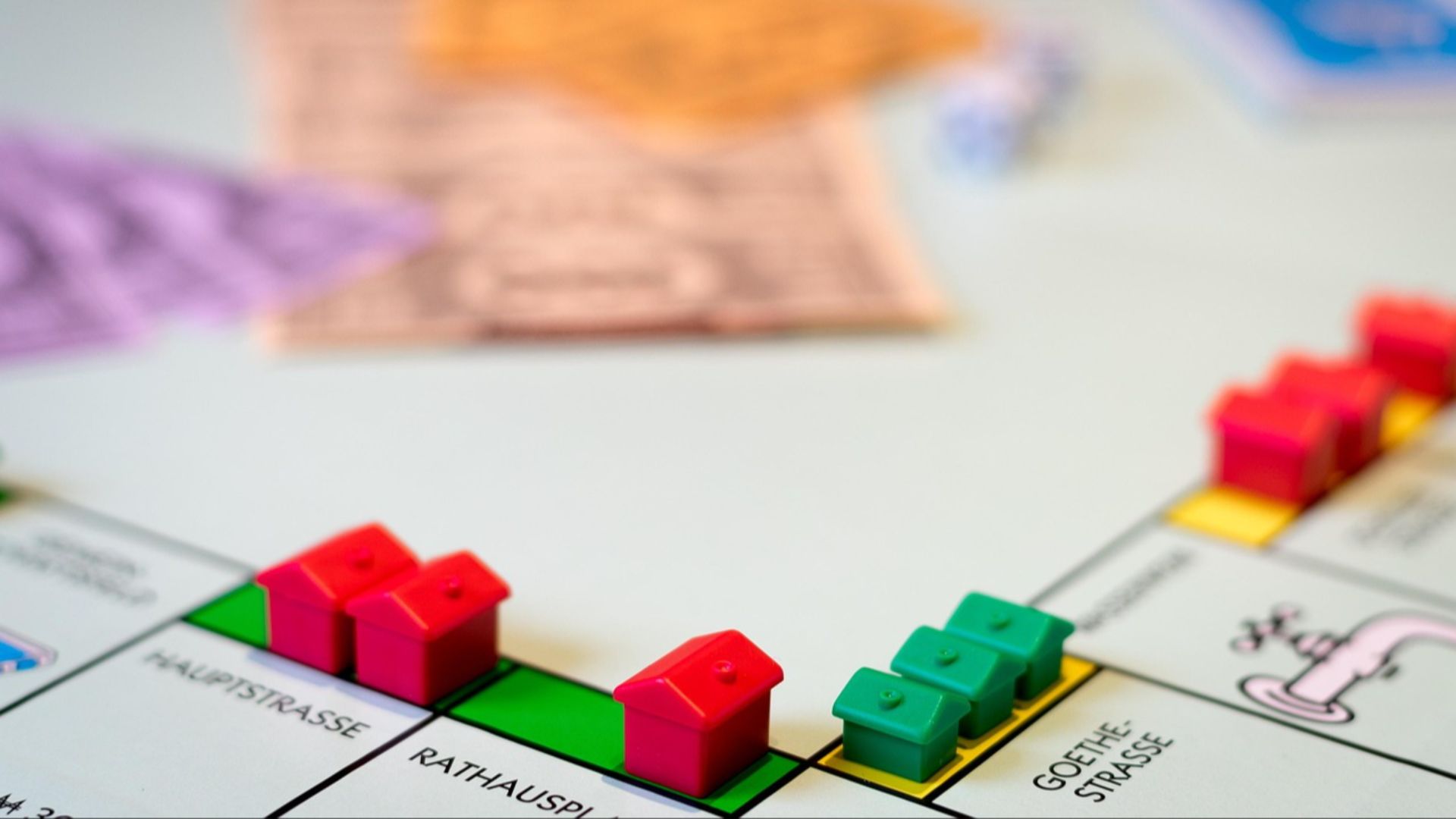It Sounds Counterintuitive...
But dear writer, rent is so expensive as it is. How can I possibly pay any more rent? A fair question in today’s economic climate. We know that this idea seems backwards, but let us explain.
According to Zillow, the average cost for a rental property (including all bedrooms and property types) in the United States is $2,000. That’s no small fee for most folks, especially when their monthly living cost are much higher than the recommended 30% of their gross paycheck. Most U.S.-based renters are finding that more than 40%, or more, is going to their living costs, leaving little room for much else.
Right…so how do you expect me to pay more rent when I’m already living paycheck-to-paycheck? It’s a good question we unfortunately don’t have the answer to, but what we can tell you is that you may be able to save even just a touch more money if you go somewhere with more expensive rent.
Here’s the thing: rental property prices are determined by factors such as value, demand, location, condition, size, and a few other key influences. For many of us, the most prominent one is amenities. Does this property have a washer and dryer? A washing machine? Wi-fi? Hydro or water included? Is there a gym in the building? Or a pool?
The inclusion of these amenities is obviously attractive to prospective renters, but it also means the rental price can be much higher than that of a property without these conveniences. Of course, if you’re looking to live in a downtown area, this rule of thumb may go right out the window—you’re paying for the location, not for the apartment.
That said, let's do some basic math. Say you make $1800/month, and you’re renting an apartment for $1000/month. That “cheaper” property doesn’t include a washer, dryer, wifi, hydro, water, or a gym as part of its amenities.
Using lower-end numbers, you’re now also required to pay $40/month for laundry services, around $75 for wifi, $140 for hydro, $40 for water, and around $60 for a gym membership. Adding that all up costs you around $355. This means that for a biweekly paycheck, you’re putting away $500 for rent and around $175 for all of your extra utilities, leaving you with $225 for food, other bills, and maybe some savings or spending if you’re really good with money.
Sure, it's enough to survive, but you’re not really living. Even if you take the gym membership out of the picture, you’re still only saving an extra $30 every two weeks.
So… what am I supposed to do then?
Obviously, no rental situation is going to be perfect, and you’re ultimately going to pick a spot that's based on your priorities. However, if you’re able to spend just a little bit more (and maybe move a little further out of the city centre), you could be saving an extra $100 by finding a building that has these amenities included in the rental price.
And not only are you saving money, but you’re saving precious time by cutting out any extra potential transportation for the gym or laundry services.
It seems scary at first glance, but doing a little bit of extra math will help you figure out if the cheaper rental option actually ends up being the best financial decision.









